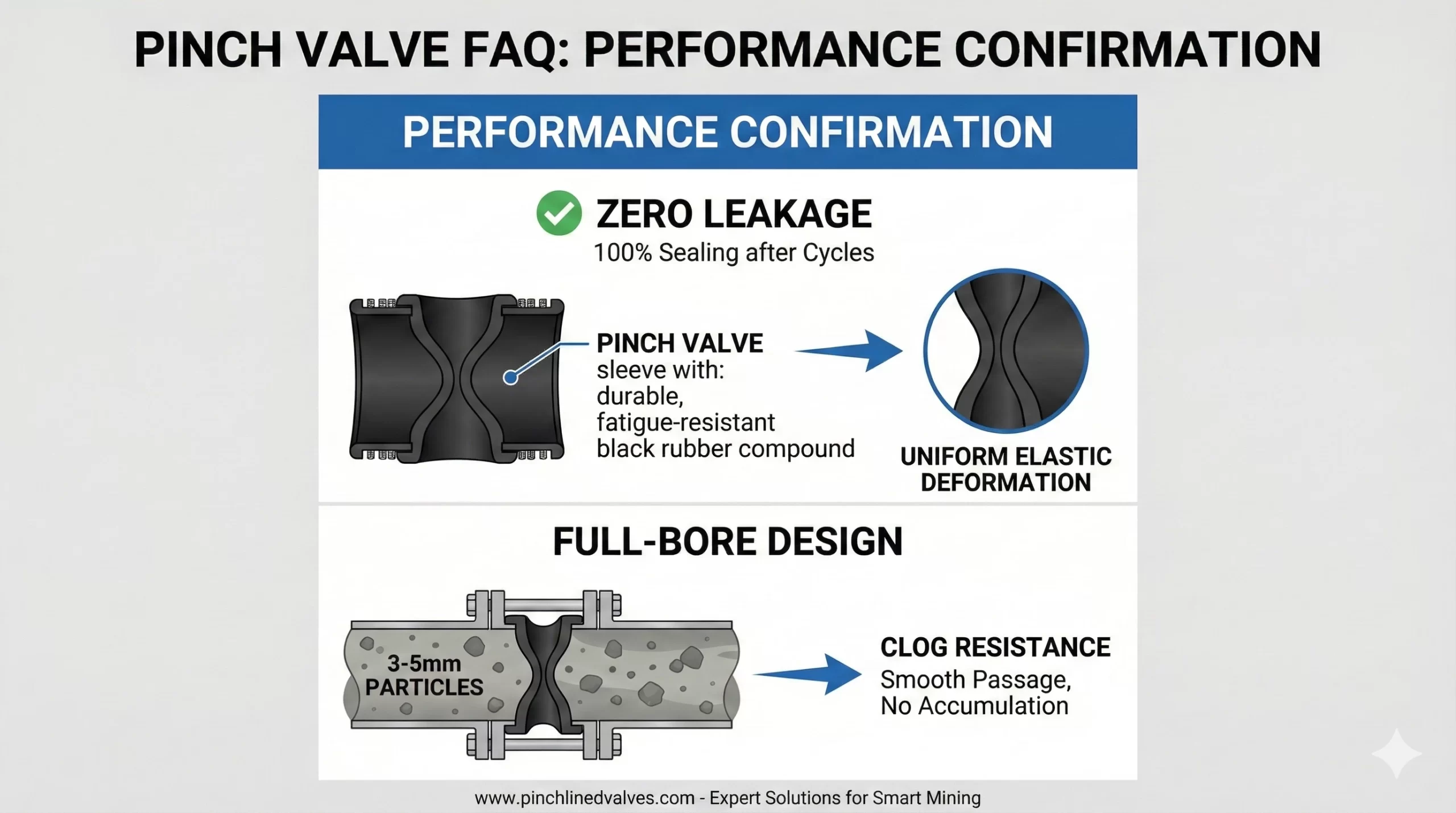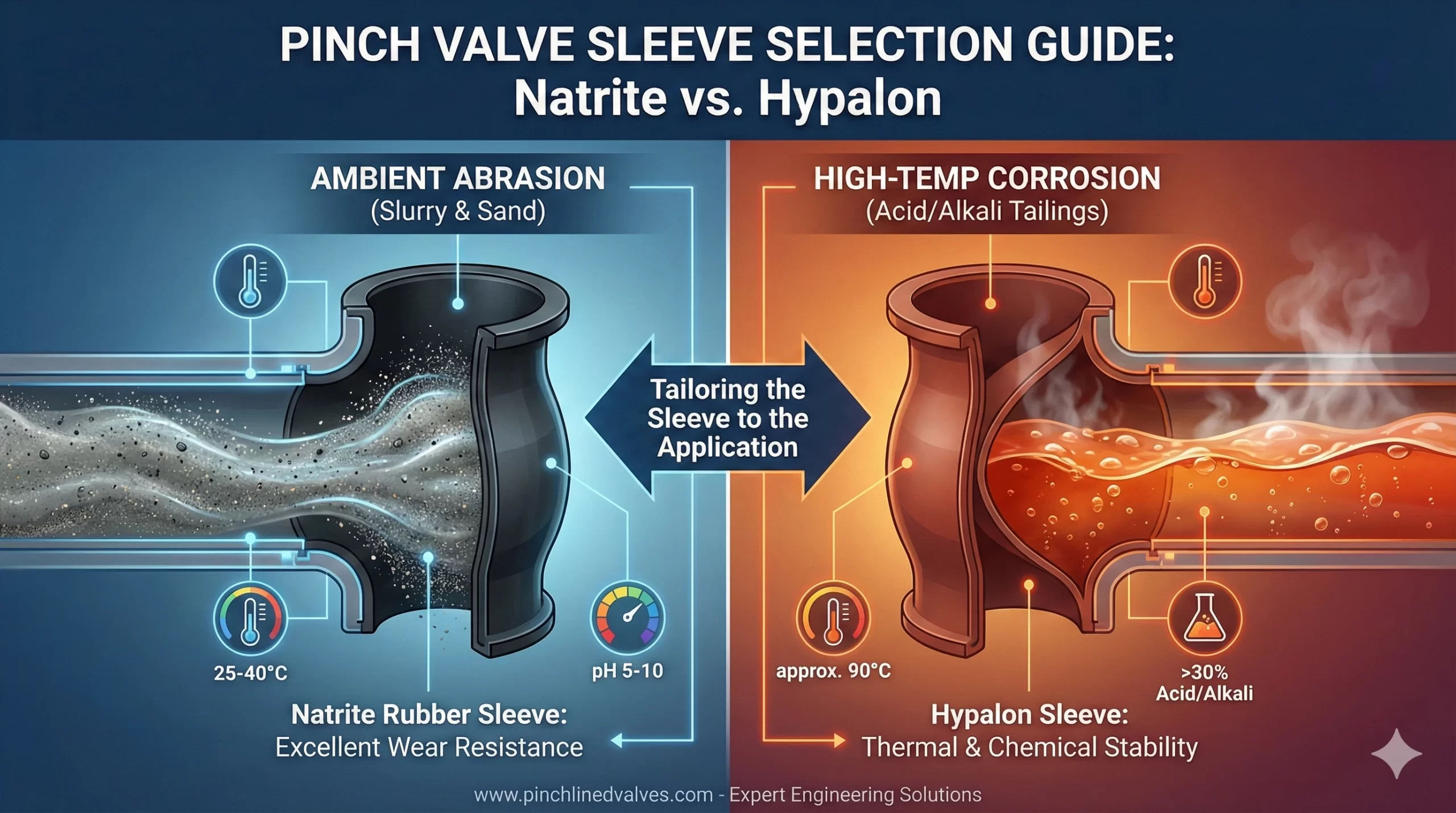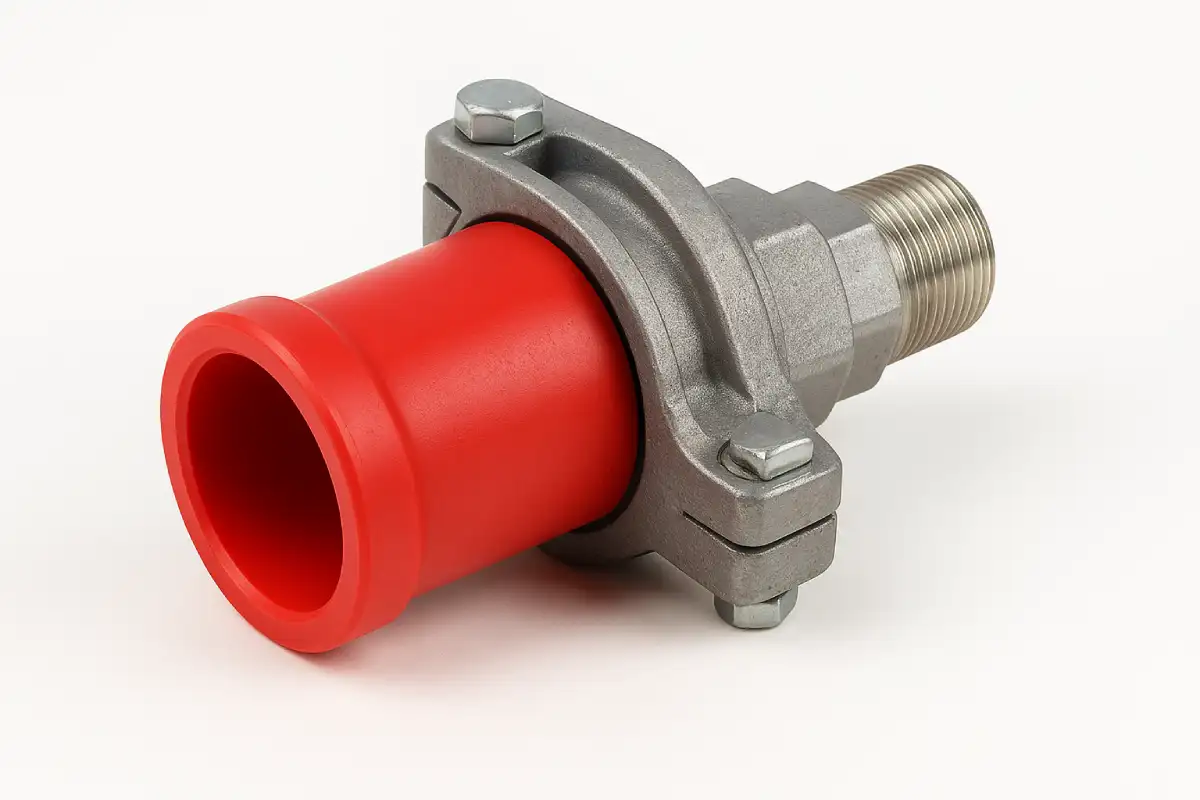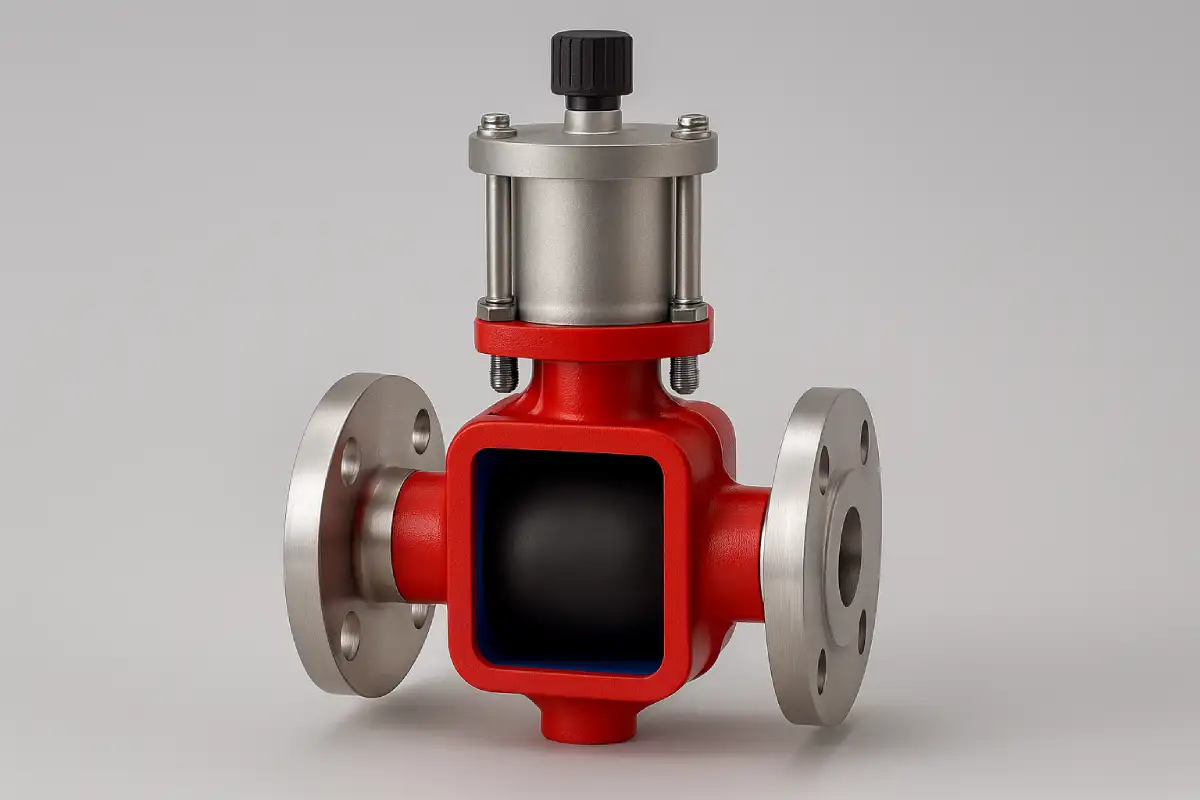

If you’re installing a pressure relief valve (PRV), you need to do it right. A bad install can cause leaks, pressure buildup, or system failure. Here’s what you need to know.

A properly installed PRV valve protects your equipment from overpressure and system failures. Follow these key steps to ensure a secure and effective installation.
Mount the pressure relief valve upright with the spindle vertical. A tilted pressure relief valve won’t work properly and may not relieve pressure as designed.
Tighten bolts evenly on flanged pressure relief valves. If you crank down one side first, you could crack the valve, especially if it’s cast iron.
Don’t overtighten the pressure relief valve. Too much force damages threads, makes future removal difficult, and can cause leaks.
Use pipe dope on male threads only. If it gets inside female threads, it can clog passages and contaminate the system.
The inlet piping should be short and direct. A smaller inlet than the pressure relief valve restricts flow, reducing relief capacity and overall system performance.
Place the inlet away from turbulence. Too much movement affects pressure relief and can cause fluctuations in pressure relief valve operation.
Check these before installation:
Make sure the inlet piping is clean before installation. Any debris or leftover sealant can obstruct the pressure relief valve and reduce its effectiveness.
Support the outlet piping properly. If it sags or moves, it can pull on the pressure relief valve and cause misalignment, leading to leaks.
Make sure the outlet pipe is at least as large as the pressure relief valve outlet. A smaller pipe restricts flow, reducing how much pressure the valve can safely relieve.
Account for thermal expansion. If the pipe doesn’t allow for expansion and contraction, it can cause stress on the pressure relief valve, leading to cracks or leaks over time.
A PRV discharge pipe should be directed to a safe location. Avoid areas where released pressure could damage equipment or create hazards for personnel.
A PRV only works if it’s operated correctly. Misuse can lead to performance issues, leaks, or even system failure. Knowing how the pressure relief valve functions and maintaining it properly keeps your system safe and efficient.
The control prv valve should always be in the correct position for smooth operation. Running a PRV too close to its set point can cause constant leakage, leading to wear and inefficiency.
If a pressure relief valve is frequently opening and closing, the system pressure may not be properly regulated. Check that your system isn’t running too close to the PRV’s set pressure.
Regular maintenance ensures the PRV functions properly. Testing too often, however, can cause unnecessary wear and lead to leaks.
Limit test lever lifting to about once a year unless required by regulations. Too much testing allows debris into the seat, which can create leaks.
Check for signs of leakage around the pressure relief valve body, outlet, and connections. If there’s moisture or rust near these points, the valve may not be sealing correctly.
If you notice steam, air, or liquid escaping when the pressure relief valve should be closed, it may be time for repair or replacement. Don’t ignore small leaks—they usually get worse over time
A properly installed and maintained PRV ensures long-term safety and performance. Lianke Valve has built high-quality valves since 1982. We make pinch valves, fluorine-lined valves, and strainers for industrial pipelines. Our valves are built to last and perform under tough conditions. Visit our website to learn more.

Question 3:Performance Confirmation:Your documentation mentions “zero leakage” and “clog resistance.” We would like to confirm: After long-term operation, will repeated compression cycles cause sleeve fatigue leading to sealing failure? Is the full-bore design truly effective for slurries with larger particles (e.g., 3-5mm)? Answer 3:Confirmation of “Zero Leakage” and “Clog Resistance” Performance (1)Zero Leakage Reliability: Our […]

Material Selection:We are dealing with different working conditions: (1)Question1: Condition A: Ambient temperature (approx. 25-40°C) slurry containing fine sand, where wear resistance is the primary consideration, with weakly corrosive media (pH 5-10). Answer1:(ambient temperature, fine sand, low concentration corrosion, high wear resistance): Preferred recommendation: Natrite Rubber sleeve. Reason: The core advantage of Natrite Rubber lies in its […]

A pinch valve adapter connects a pneumatic pinch valve or manual valve to pipes, tubes, or other parts of a system. With this connector, the valve can manage liquid or gas flow without leaks or strain. It also lets the valve fit in tight or unusual setups. This reduces operational risks and improves overall performance. […]

Yes, they are. Hygienic pinch valves are specially designed to keep things clean and safe, which is why they’re so common in food, pharmaceutical, and biotech environments. Their smooth interior and dead-zone-free design make cleaning quick and reliable. And if the term is new to you, don’t worry, this article will walk you through what […]



